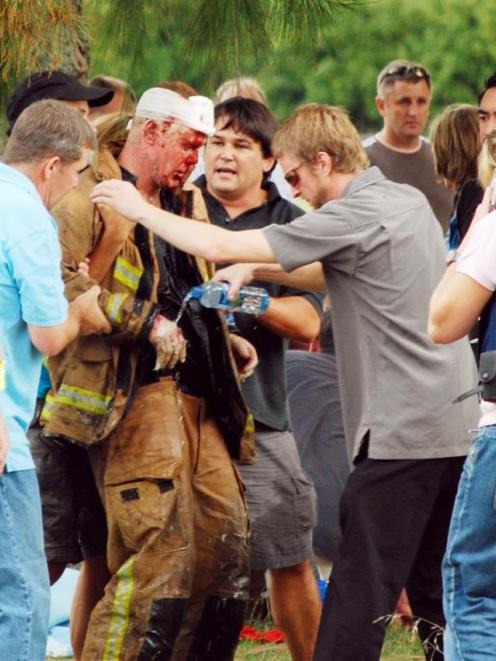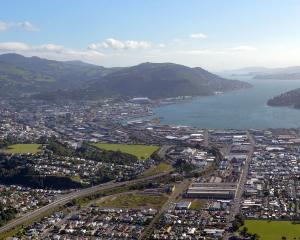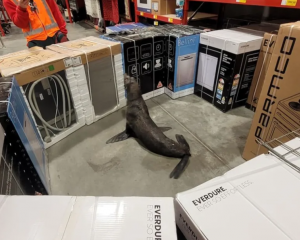
The April 5 blast and fire at the Icepak Coolstore in Tamahere, on the outskirts of Hamilton, killed senior station officer Derek Lovell and injured seven other firefighters.
The report released today, found there was no smell of gas before the devastating explosion and no signs warning that flammable gas was present.
If there had been, the firefighters' training would have stopped them entering the coolstore, it said.
The firefighters had gone to Tamahere to check on reports a smoke detector was sounding at the coolstore.
After checking with the owner, they entered the plant room about 4.28pm, where they could see smoke, vapour, or leaking refrigerant.
"There appeared to be no smell associated with this smoke or vapour, and no warning signage about the presence of flammable gas appears to have been evident either on the buildings or inside the plant room," the report said.
At 4.30pm "a massive explosion occurred" with flames and debris shooting 10 metres into the air. It was probably ignited by electricity, the report said.
The firefighters were seriously injured, with several trapped under steel wreckage.
"Had the firefighters suspected a flammable atmosphere to be present, their training and national commander's instructions would have required them to withdraw at once, and evacuate to a safe place."
The report was unable to determine to what extent the coolstore complied with all the requirements of the "complex" flammable refrigerants legislative framework.
It identified nine factors which might have prevented the tragic outcome:
* having hazardous substances regulations applied fully at the installation;
* prior notification to the Fire Service that there were hazardous substances at the premises;
* receipt of an application for approval of an evacuation scheme;
* a familiarisation visit by local Fire Service staff;
* Fire Service awareness of the large scale use of flammable refrigerants in New Zealand;
* warning signs at the coolstore;
* smell added to refrigerant gas, so firefighters would know of its presence;
* gas detectors to warn fire crews;
* fire crews to use a portable gas detector.
"This indicates that the fundamental cause of the incident may lie in part in systemic defects in the regulatory environment and the communication between the various regulatory agencies," the report said.
"This is an issue that may deserve wider investigation by the Government."
Firefighters Union spokesman Derek Best said the coolstore was "a disaster waiting to happen", and it was extraordinary so many potential safety nets were absent.
Of additional concern was comment in the report that there was another coolstore using highly flammable and potentially explosive gas.
"Given the circumstances surrounding the existence of the Icepack coolstore, no one really knows whether or not there could be more," Mr Best said.
"In any event, where is the other coolstore identified in the report?"
The inquiry team, headed by Paula Beever, was originally given until July to report back, with that deadline extended 30 days to August 12.
Fire Service chief executive Mike Hall had 10 days to consider its implications and recommendations before providing comment back to Dr Beever.
In June, the Department of Labour identified the gas that exploded at the coolstore.
It was Hychill-50, previously known as HR22/502, and was a highly flammable propane gas.












